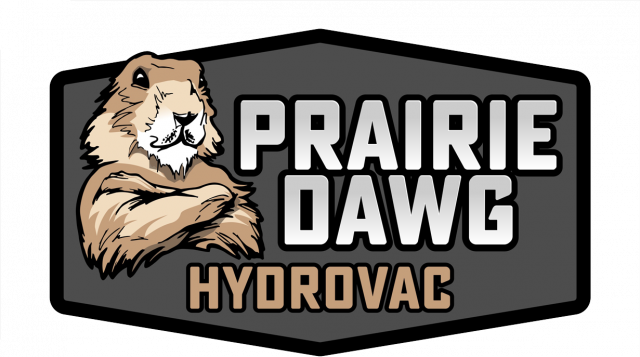Utility Line Exposure
While digital locators have become more accurate, it’s still important to see exactly where the line or pipe is located. Contractors are not allowed to dig in the safe zone, which may be from 18 inches up to 3 feet from either side of the marked line. The required distance varies from state to state. Contractors are only allowed to dig by hand or use a non-destructive method like air or hydro excavators in the safe zone.
Using a vacuum or hydro excavator instead of a shovel has its advantages. A shovel against a water pipe is non-destructive, but a shovel against a fiber optic line can be extremely sensitive, especially in hard ground conditions.
“Much of Prairie Dawg Hydrovac is installed using horizontal directional drills (HDD) rather than trenchers, so we don’t have the typical ditch line, road closures and inconvenience like in the past,” says Hawks.
Lines installed using HDD don’t disturb the ground or leave a ditch line, so the ground is the same hardness and it is difficult to know if you are getting close to the line or cable. Since the ground may be hard, you can easily cut a cable line with a shovel. Using a vacuum with air or water at a non-damaging pressure will safely expose the line.

